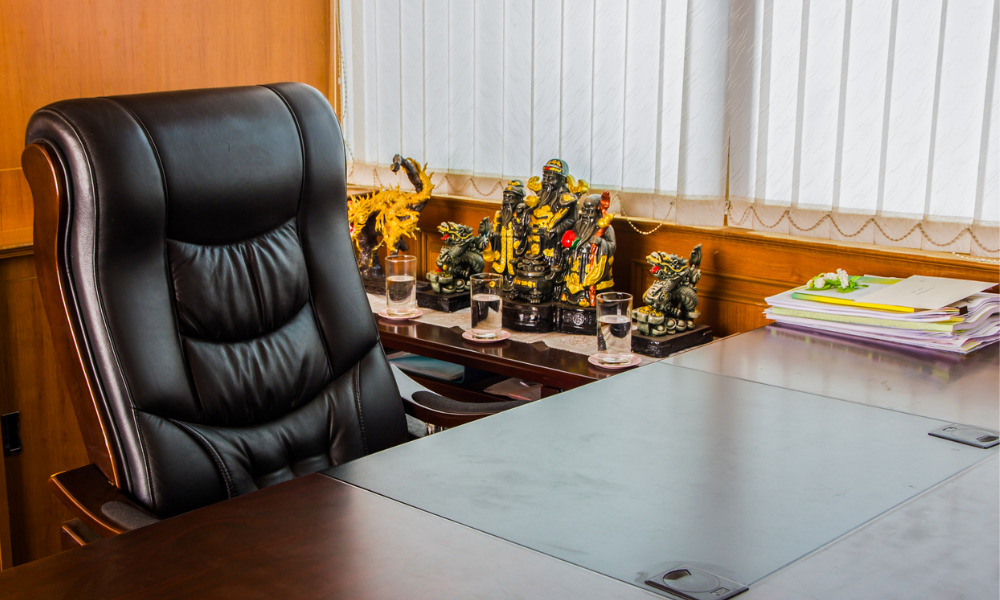
It's time to realign the C-suite – starting at the helm

2021 was all about survival – 2022 is the year of revival. With COVID-19 slowly ebbing to an end, employers can finally start planning for the future. The pandemic oversaw the birth of a new kind of leader – an empathetic, yet decisive, CEO. But what comes next? What trends will HR see in their C-suites in 2022? HRD spoke to Meghan Stettler, director of the O.C. Tanner Institute, who talked us through what leadership will look like post-pandemic - and revealed how CEOs can identify the future C-suite superstars.
“The health, economic, and social crises of this past year and a half have left employees more fragmented and disconnected than ever before,” Stettler told HRD. “Leaders must take ownership over facilitating meaningful connections for their people, and that requires getting beyond a surface-level view of how connections are built – they won’t automatically happen just because people are in the same physical or virtual space. Ultimate connection is interconnection, a sense of belonging and inclusion, as well as shared memories and experiences that energize, strengthen, and unite your workforce.”
Read more: Netflix exec on how he found the holy grail
In order to maximize those feelings, Stettler believes leaders must be intentional when connecting their people to the three things that matter most - purpose, accomplishment, and one another:
According to a recent report from Gartner, a main priority for HR leaders in 2022 will be reskilling existing talent – with 44% of leaders citing ‘current and future leadership bench’ as their overarching aim. Building adaptable teams will be a core component of HR’s future planning strategy – just as much as finding new leaders is for the C-suite.
“It’s in the hands of CEOs to invest in their people and build the leaders of the future,” added Stettler. “Organizations that have the most success in moving the dial towards modern leadership do two things well: first, they adopt the cultural expectation that all employees are leaders regardless of whether they actually manage people, and secondly, they make leadership development available to all employees. When all employees are eligible to participate in leadership development, the odds of having modern leadership at an organization increases by 5x.
“When leadership is shared and expected from all employees, modern leadership becomes the new standard that creates workplace cultures were people thrive, do their best work, and deliver results.”